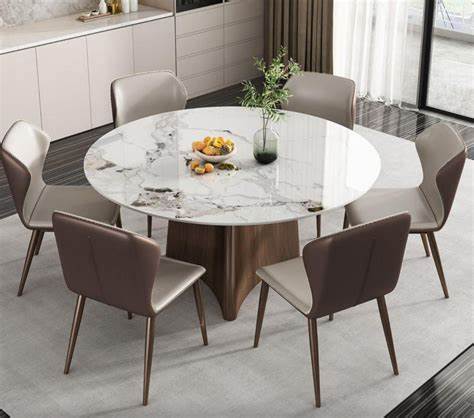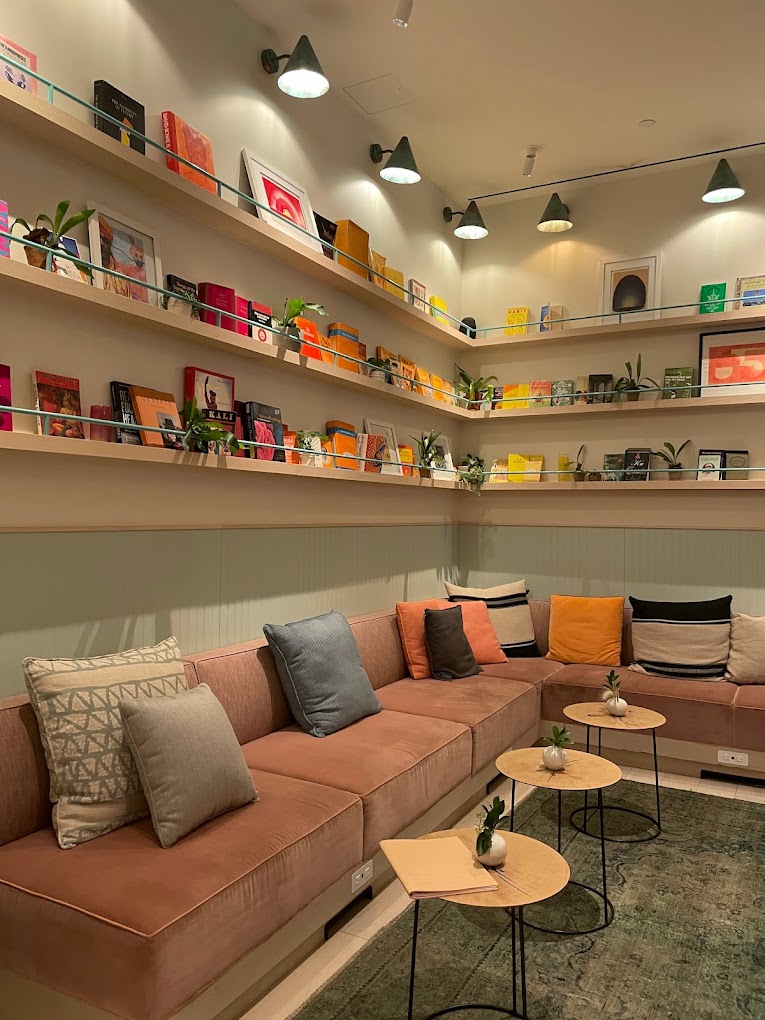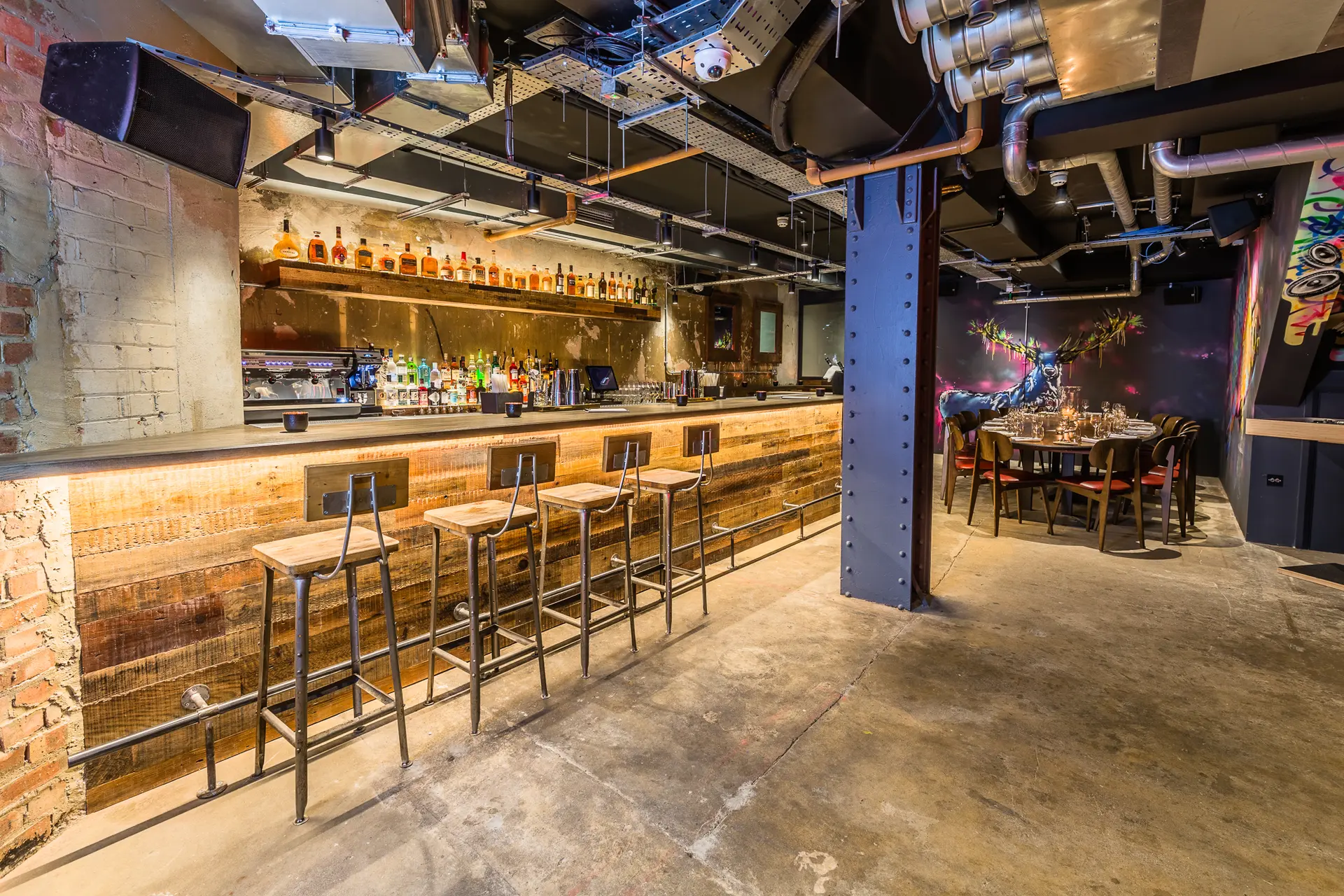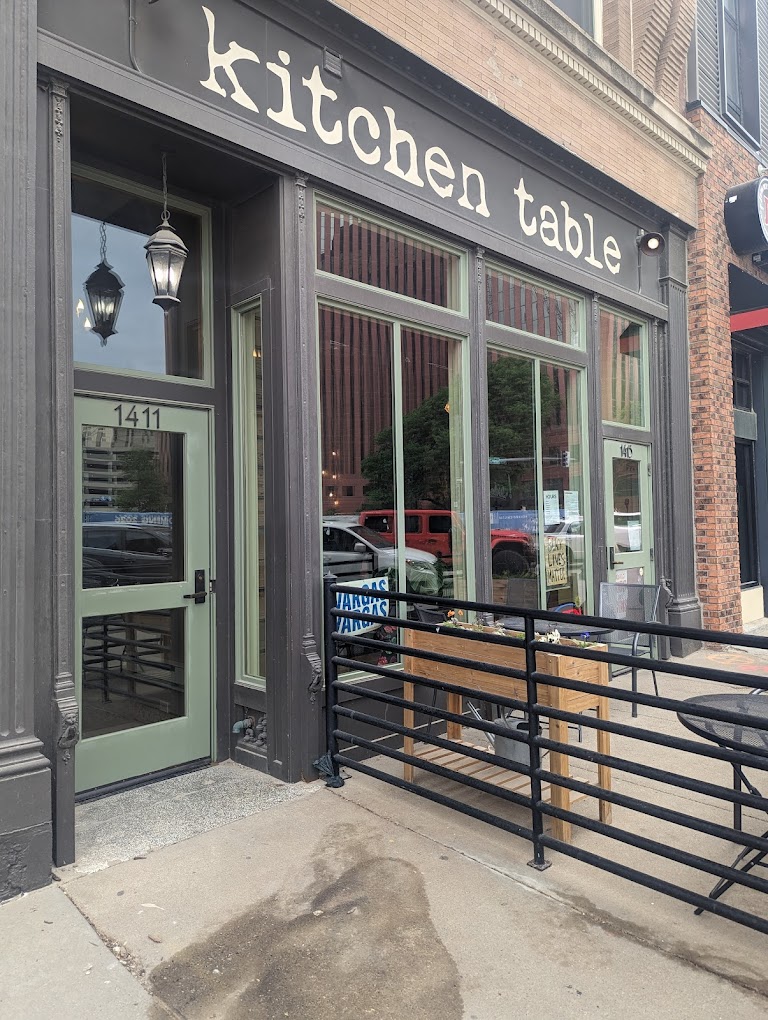A round dining table deserves an equally stunning rug underneath to anchor the space. But what shape and size rug works best?
Round rugs, runner rugs, square rugs – there are several options that can complement a round table beautifully. Here we’ll examine the pros and cons of different rug shapes to help you find the perfect fit.

Complementary Shape: Round Rug
Echoing the shape of the tabletop with a round area rug is a seamless choice. A round-on-round pairing looks pulled together and polished.
Pros
- Symmetry of shapes gives a cohesive look
- Allows chairs to pull out without catching edges
- Creates a focal point in the dining space
Cons
- Limits ability to rectangular rug shapes in adjacent spaces
- Round rugs are more expensive and harder to source than rectangles
- Chair legs may slide off the curved edges
If you love the fluid, balanced look of round-on-round, don’t hesitate. Just be sure to secure rug edges so they don’t shift, and size appropriately.
Space-Defining: Rectangle Rug
For a more defining shape, rectangular rugs are ideal. They ground the dining space while allowing flexibility to use squares and rectangles nearby too.
Pros
- Clearly delineates the dining area borders
- Easier to find than specialty round rugs
- Chair legs sit solidly without sliding off edges
Cons
- Can look a bit boxy paired with a round table
- Corners may catch chair legs or diner feet
- Sizing can be tricky with a round table top
To make a rectangle dining rug work, play with proportions to find the right balance. Size it to fit snugly beneath the round tabletop without overwhelming.
Informal Texture: Oval Rug
Oval rugs combine the freeform elegance of rounds with welcome edges to hold chairs. Their elongated shape can complement round tables situated near one end of the dining space.
Pros
- Softer hybrid shape
- Provides some edges to keep chairs stable
- Fits well in elongate dining spaces
Cons
- Can appear random rather than intentionally placed
- Not as easy to find as standard sizes and shapes
- Limited ability to use perfect symmetry
An oval dining rug brings a casual vibe. Make sure to angle the orientation parallel to the table to keep the look intentional.
Vintage Vibe: Octagon Rug
For an eclectic, vintage style, an octagon rug pairs beautifully with a round table. The contrasting geometry has a retro, artistic feel.
Pros
- Makes a bold, artistic statement
- Angled edges act like a hybrid round/rectangle
- Rug corners orient diners to table edges
Cons
- Trickier for aligning chairs squarely with table
- Uncommon shape harder to source
- Can look random if poorly sized or positioned
Embrace the quirkiness of an octagon dining rug to create an artsy look. Just be extra mindful of proportions and positioning to keep the shape looking purposeful.

Defined Area: Runner Rug
Runners come in rounds, ovals, rectangles and more to define a dining zone while allowing flexibility in the surrounding area.
Pros
- Grounds dining table without taking over entire space
- Can run length or width of dining space
- Affordable and readily available
Cons
- Narrow shape won’t fill space like a full-size rug
- Limited ability to use symmetry or angles
- Too small to provide sound deadening
Runners create a budget-friendly defined space that plays well with other room shapes and furniture. Just supplement with additional sound damping and softness.
Neatly Framed: Square Rug
A square rug provides an orderly framing effect around a round table. The interplay between geometric shapes feels crisp and contemporary.
Pros
- Crisp, tailored appearance
- Right angles contrast the curved tabletop
- Has a stabilizing effect anchored in each corner
Cons
- Can come off as rigid rather than softening the space
- Corners are prone to catching chair legs
- Sizing must be precise to fit nicely
For dining spaces where you want an orderly, structured look a square rug can precisely frame a round tabletop. Just be diligent with proper proportioning for the rug dimensions.
Whatever your personal style, there is a rug shape that can complement your round dining table beautifully. Focus on proportion, functionality, and formality to narrow down the best fit. Then let your dining space fulfill its full decor potential.










